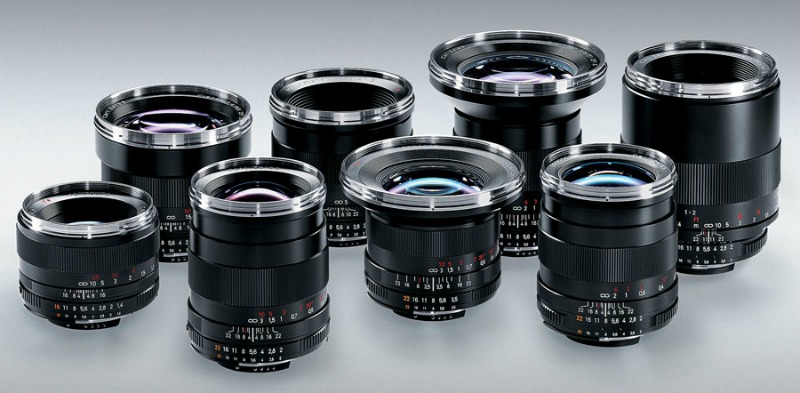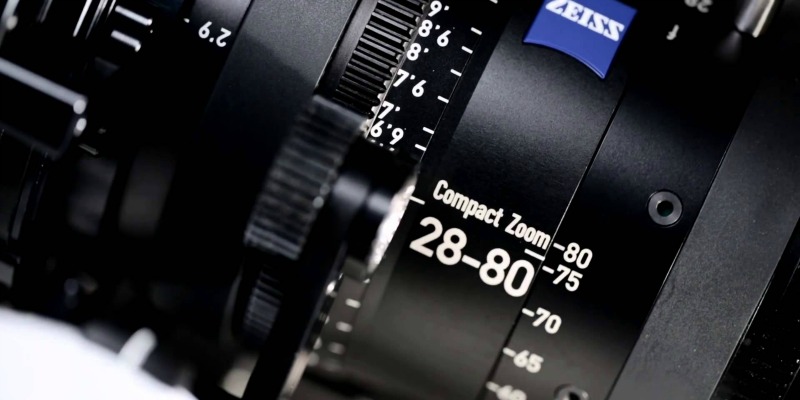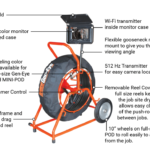When I see a photographer with his camera in hand and a backpack full of shooting gear, moving smoothly and quietly trying not to disturb the target, I can’t help but think of a hunter. And when you’re out hunting for the next perfect photo, you cannot rely solely on your talent and good instincts; you need to choose the right camera as your weapon and the right lens as ammunition for catching the moment in a striking photo.
And just like a bullet, a lens needs to be sharp, fast and be able to precisely capture the target. Us photography lovers here at Gorge have already talked about what to consider when buying camera lenses. But that’s just one part of the picture. If you truly want to unleash your artistic potential to the fullest, you need to know the difference between the different lens types and when to use them.

Zoom Lenses
Most lenses that come with your camera are zoom lenses, meaning they have the ability to shift between focal lengths. They are light and are the preferred lens choice for travellers and hobby photographers because they don’t have to carry a big camera and switch between telephoto and prime. However, what they bring in terms of convenience, lack in quality. The many moving parts of the zoom lens make it unable to focus correctly, which results in more distorted edges of the object.
Prime Lenses
Prime lenses is the most vintage type of all. If you were to go in a photography studio in the 60s, that would be the type of lens to have your portrait taken with. But don’t think of using them as taking a technological step back. These lenses may lack the ability to zoom in, but this could actually be a big advantage in terms of quality. Because they have fewer parts, prime lenses capture images more clearly and vividly and that makes them great for creating more life-like portraits. Another advantage is that they have faster apertures that are very useful for capturing better images in situations with low or bad light such as night photography and sporting events. And of course, we have to mention that having fewer moving parts involved means they can be a lot cheaper than the zoom ones. The most popular prime lenses are Zeiss lenses.
Wide-Angle
A wide-angle uses a far zoomed out technique for capturing more of the scene than the human eye can normally see. They usually come with a focal length of 24-35mm. A picture taken with a wide-angle lens makes you feel as if the whole scene begins to revolve around you. That’s because the very wide-angle makes objects near the edge of the picture become larger and curved. This interesting shift of perspective combined with images of the night’s sky and beautiful landscapes inspires a feeling of awe. But you can also use this lens when you’re feeling playful and want to create a more fun version of your subjects in a portrait.

Macro Lenses
A macro lens is specialized for close-up photography only. By using it you reproduce a 1:1 image of your subject, meaning, you’ll capture it in its exact life size with enormous amount of detail. Moreover, they draw focus only to the subject by blurring out all of the surroundings. If you want to make everyday mundane objects like flowers, coins, insects and other tiny things seem more special and important, this is the right lens to use to do so!
You now know all the basic uses of these types of lenses. However, sometimes rules are meant to be broken, and photography gets even better with improvisation. Find your own style by shifting through the many different types and brands like Canon, Sony or maybe Zeiss Lenses and have fun!















